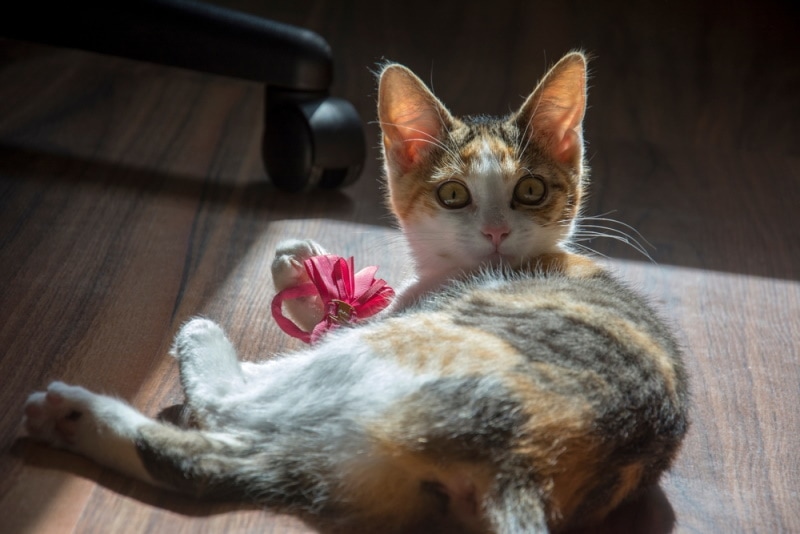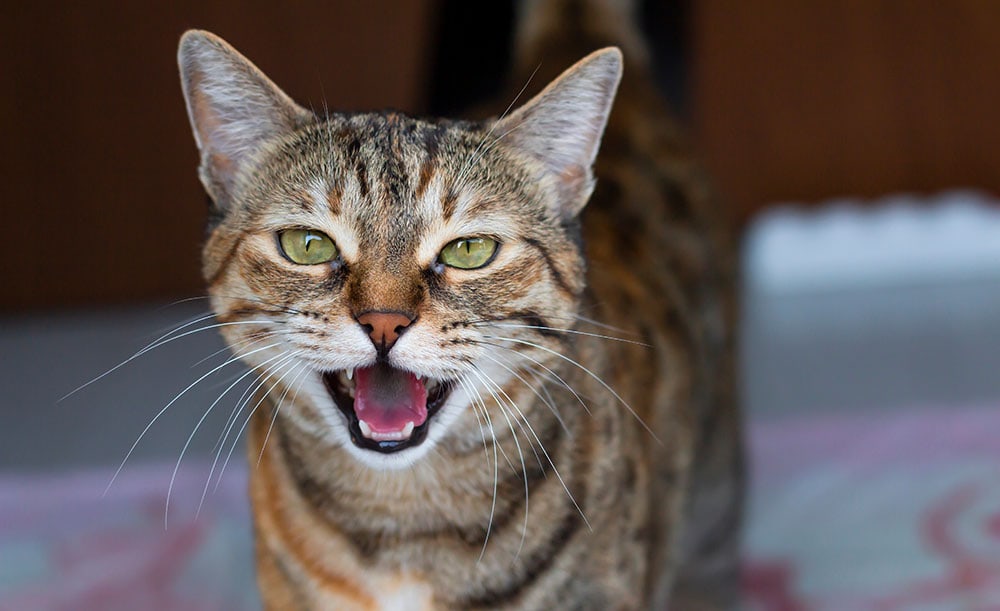How Long Do Tortoiseshell Cats Live? Average Lifespan, Data & Care
Updated on
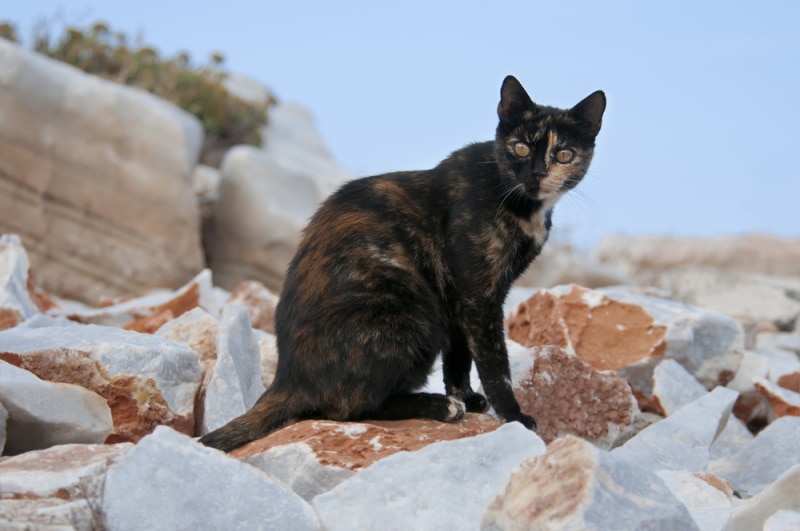
Click to Skip Ahead
The tortoiseshell cat is one of the most unique in the cat world. These kitties and their beautiful color patterns are often considered good luck and in some countries, a way to keep spooky things away from your home. Many who bring a “tortie” into their home think these cats are a breed of their own. That isn’t the case, however. Tortoiseshell simply refers to the coloring of these cats, not a particular breed. Tortoiseshell cats can live an average of 12-14 years with a healthy diet and exercise.
Often confused with calico cats, tortoiseshell kitties come in a wide variety of colors. The most common, however, is ginger and black with a bit of orange, white, cream, or gold mixed in. With the unlimited possibilities of design with these patterns, it’s easy to see why people would love bringing one of these gorgeous cats into their homes.
What’s the Average Lifespan of a Tortoiseshell Cat?
Unfortunately, when bringing any pet into the home, even a tortoiseshell cat, pet parents instantly fear the worst happening. This is especially true for those who have loved, and lost, pets in the past. Luckily, when it comes to tortoiseshell cats, their lifespan isn’t changed by their unique color pattern. Tortoiseshell cats can live an average of 12-14 years like many other cats. While the tortoiseshell name is simply a coat color, it’s actually a tortie’s breed lineage and other factors that determine how long these cats will be in your life.
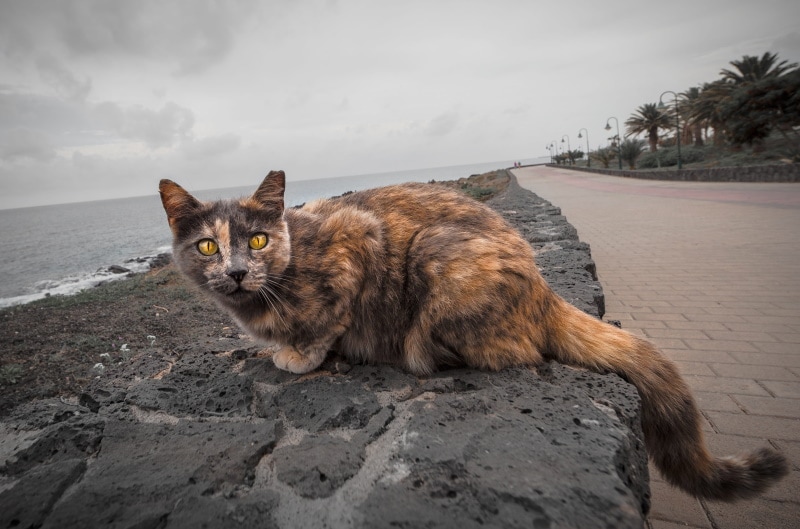
Why Do Some Tortoiseshell Cats Live Longer Than Others?
1. Nutrition
Once you bring a cat into your home, you’ll quickly realize how important the right food is to their well-being. Providing your tortie with high-quality food that is high in protein is a great way of ensuring their dietary needs are met. You should always consider the breed of cat, its intended size, and your veterinarian’s recommendations before determining how much food you should provide your cat throughout the day. This will help avoid issues with obesity, which can, unfortunately, shorten your kitty’s life expectancy.
2. Environment and Conditions
No matter the breed of your tortie, one of the biggest factors that determine how long a cat will live is their living conditions and environment. As we’ve already mentioned, torties can live an average of 12-14 years. That is if they are kept inside the house in safe conditions. When living outdoors, torties, and most other cats, see a far lower life expectancy with many only making it an average of 7 years. This change in life expectancy is due to the dangers a kitty can experience when facing life outdoors. Predators, illness, and accidents are part of life for outdoor cats. Unfortunately, these dangers are often difficult for torties, or any cat, to overcome. If you want your tortie to live a long, happy life, you should definitely provide them a home inside with you.
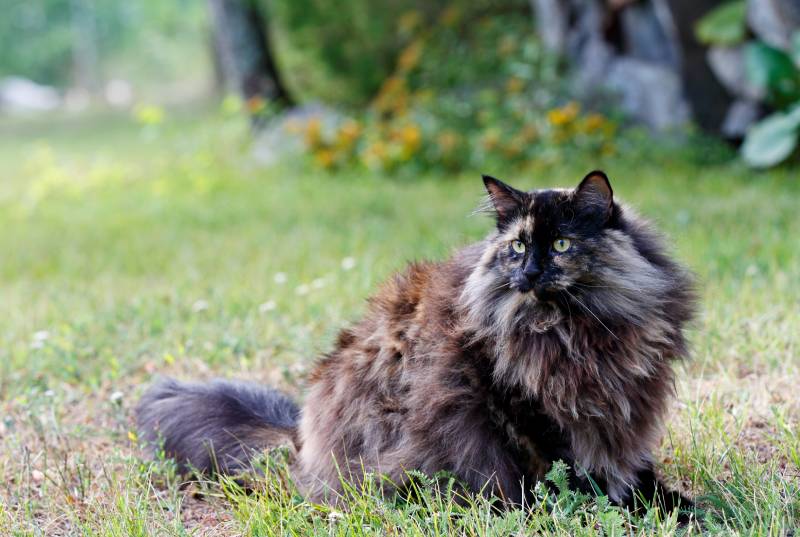
3. Sex
Yes, sex can be a huge factor in how long a cat with the tortoiseshell pattern can live. Most torties are female. This is due to the chromosomes needed to create this unique pattern. This doesn’t mean males aren’t possible. When male torties are born, they are often plagued with health issues to the extra chromosome they carry. This leaves male torties facing a shorter life expectancy and the potential for a more difficult life.
4. Genes
With tortoiseshell being a color pattern and not a specific breed, your cat’s genes can be a major factor in its life expectancy. While many cat breeds that can have tortoiseshell patterns live long lives, there are a few out there with shorter expectancies. Maine Coons, for example, have a shorter life expectancy than the American Shorthair. Mixed-breed cats often live longer than purebred kitties. If you truly want an idea of how long your tortie may live, take them to the vet to determine their background.
Here are a few of the cat breeds that can produce the tortoiseshell pattern:
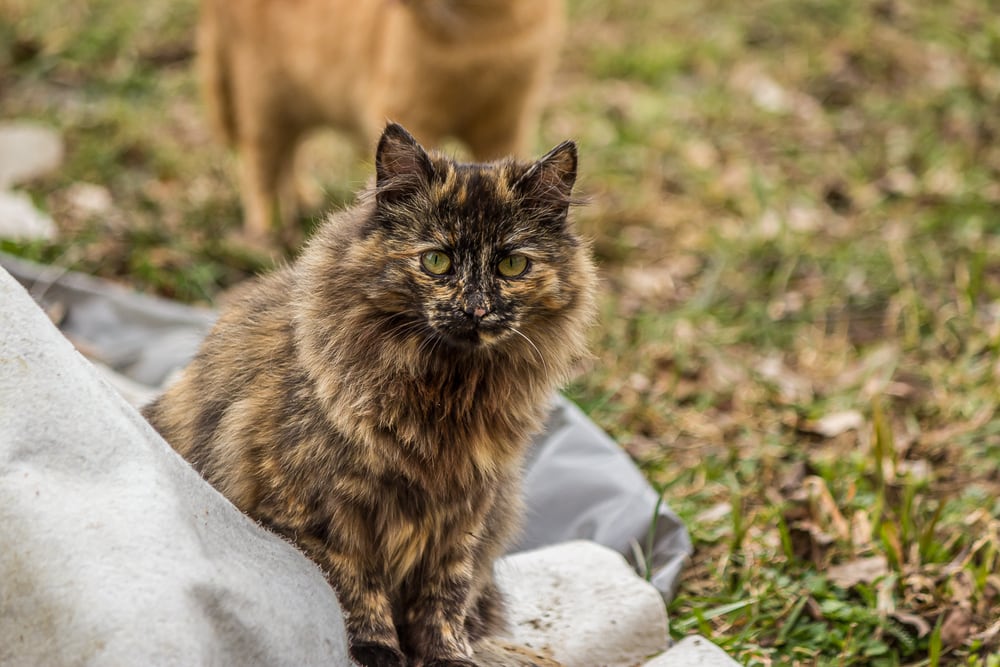
5. Breeding History
If you decide to purchase a cat from a breeder, history is always important. Reputable breeders will be aware of the cat in question’s lineage and family history. They will also test for any potential genetic issues, deworm the litter, and begin the kitten’s vaccinations. A good breeder will also be open to allowing you to see the environment in which the cats are raised. When you contact a breeder that isn’t aware of your kitty’s family history, avoids contact, or doesn’t supply the information mentioned above, they could be what is known as a backyard breeder. These types of breeders are more concerned with making money than the welfare of their cats and should be avoided and reported to animal welfare organizations.
6. Healthcare
Taking your tortie for routine checkups is a crucial factor in how long they will live. When cats receive vaccinations, boosters, and checkups it is easier for veterinarians to catch illnesses or issues in the early stages. If you want your tortie to have a long, healthy life, choose a veterinarian when they are young and continue care as recommended.

The 4 Life Stages of a Tortoiseshell Cat
Kitten
From birth to one year of age, your tortie will be considered a kitten. This is when your tortie will learn how to play, groom, use the litter box, and become acquainted with its surroundings. Kittens are very active and need lots of attention. This is also the perfect time to get them familiar with visiting the veterinarian, a proper grooming schedule, and routine hygiene habits. You can expect your kitten to grow rapidly, get into trouble, and be a lot of fun as they grow into their personalities.
Young Adult
This stage of a tortie’s life lasts from 1 year to 6 years of age. During this time, your tortie will reach sexual maturity, settle into its personality, and become the cat you will know and love. Reaching out to your veterinarian for continued care is important. You may also consider having your kitty spayed or neutered during the early parts of this stage as female cats will begin experiencing their heat cycles and males will be on the prowl to find a mate.
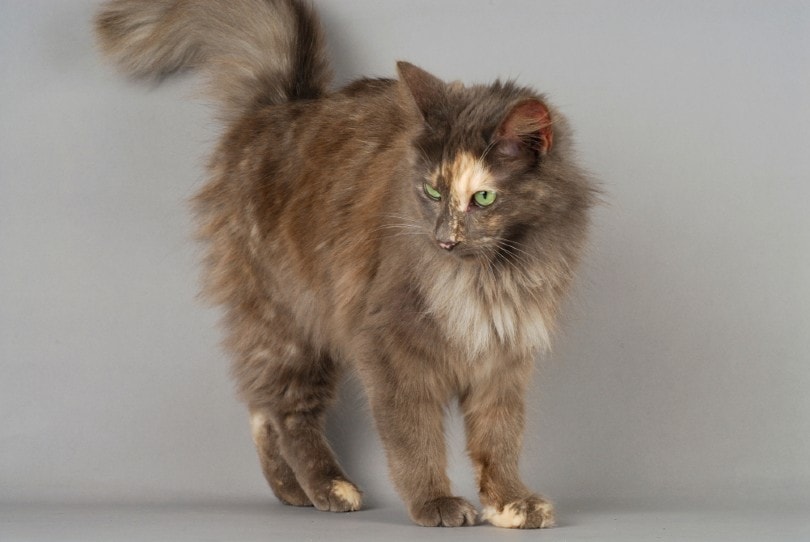
Mature Adult
From the ages of 7 to 10, your cat is considered a mature adult. This is when you’ll truly notice your cat starting to settle down a bit. Cats at this stage of life play less, sleep more, and want to eat a lot. It’s up to you to keep your adult cat on a proper diet to help ensure they don’t become obese, which can cause health issues. As always, keeping up with routine veterinary care, grooming, and bonding is still important at this stage in your cat’s life.
Senior
A cat older than 10 years of age is considered a senior. You may notice your cat is more content to lay around or spend time with you, instead of doing things they used to enjoy. This is normal. It’s also possible that your cat could start having difficulty moving around. Your veterinarian can help you determine whether arthritis or other age-related issues are becoming a problem so you can keep your cat comfortable in its golden years.
How to Tell Your Tortoiseshell Cat’s Age
If you haven’t had your tortie since birth, knowing their exact age can be difficult. The best way to get a good estimate is to take your cat to the veterinarian. They will check things like the wear and tear on your cat’s teeth and look for any cloudiness in their eyes. While the answer your vet gives you may not be exact, it will be extremely close.
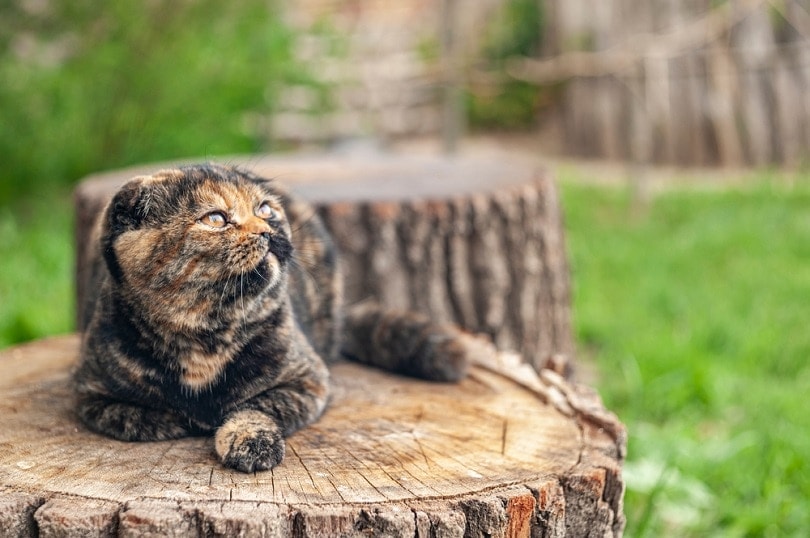
Conclusion
Tortoiseshell isn’t a specific breed, but the life expectancy of these uniquely colored kitties does depend a lot on their breed, lineage, and their living conditions. If you have a tortoiseshell cat and want it to live a long life at your side, stay on top of its healthcare, keep them safe, and provide them with all the love possible.
Featured Image Credit: Bildagentur Zoonar GmbH, Shutterstock




